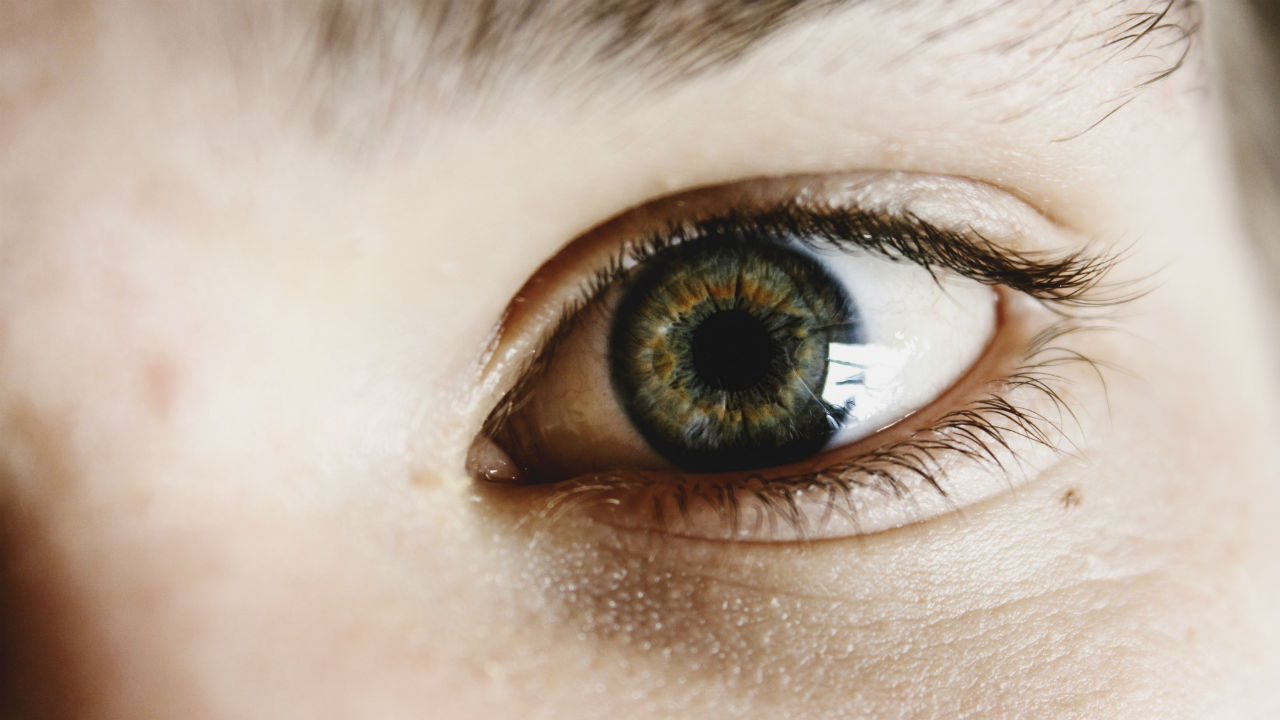 via Unsplash
via Unsplash
Ever wake up in the morning and feel a thickened sensation on your eyelid? You may scold yourself for forgetting to remove your makeup the night before, but the problem may not have just developed overnight.
Eye bumps can occur for a variety of reasons. Some may be avoidable and some just happen.
- Styes can occur if bacteria (usually staphylococcus) get into the eyelash follicle along your eyelid, causing an infection similar to a pimple. Symptoms of a stye are a gritty sensation like something is in your eye, sensitivity to light, eyelid tenderness and increased tearing.
- A chalazion may be mistaken for a stye but occurs if one of the oil glands along the eyelid becomes blocked. Symptoms are eyelid tenderness, a larger area of painful swelling, increased tearing and possible impaired vision due to the swelling.
Treatment for both styes and chalazions usually involve using warm compresses for 5-10 minutes, three to six times a day and possibly using prescription antibiotic ointment or drops. Never pop or squeeze either of these eye bumps.
- Xanthelasmas (a type of xanthoma) are raised yellow bumps that may occur around the eye due to age or because cholesterol levels are high. They are painless and do not develop into other problems. If the xanthelasmas are due to elevated lipid levels, then treatment is geared to reduce these levels with diet or medication to reduce the risk of atherosclerosis.
- Papillomas are pink skin colored bumps that are thought to occur due to a virus similar to warts. They are not harmful but can be surgically removed by using a cautery, which uses heat to evaporate the growth.
- Milia commonly form around the eye and are small keratin-filled cysts that are benign. They appear as small bumps that are skin colored that can be left alone, or if desired, removed by a dermatologist.
- Syringomas are small skin colored bumps that form in clusters around the eye from benign sweat gland tumors. They are sometimes confused for xathelasmas. Syringomas can be removed using heat from an electro-cautery or laser device but they may recur, or removal may cause scarring.
Prevention:
To prevent styes or chalizons it is a good idea to wash one’s face before bed and remove any make up. Replace makeup every six months, especially mascara.
If xanthelasmas are caused by elevated lipid levels, then they serve as a warning to make diet and lifestyle changes
Other eye bumps such as papillomas, milia and syringomas are less in one’s control to prevent.
In general, keep unwashed hands away from your eyes, which can cause bacteria to be transferred to the oil glands of your eyelid and risks an infection spreading to the eye itself.
Always protect your eyes from dust or debris by wearing protective goggles during tasks such as raking or mowing the lawn.
Sources:
Eyelid bump. MedlinePlus. Retrieved Feb. 25, 2012.
http://www.nlm.nih.gov/medlineplus/ency/article/001009.htm
What are styes and chalazia? WebMD. Retrieved Feb. 25, 2012.
http://www.webmd.com/eye-health/tc/styes-and-chalazia-topic-overview
Xanthomas. Medscape Reference. Retrieved Feb. 25, 2012.
http://emedicine.medscape.com/article/1103971-overview#showall
Milia. Medscape Reference. Retrieved Feb. 25, 2012.
http://emedicine.medscape.com/article/1058063-overview#showall
Syringoma. DermNet NZ. Retrieved Feb. 25, 2012.
http://dermnetnz.org/lesions/syringoma.html
Michele is an R.N. freelance writer with a special interest in woman’s healthcare and quality of care issues. Other articles by Michele are at www.helium.com/users/487540/show_articles
Edited by Jessica Obert





Add a CommentComments
There are no comments yet. Be the first one and get the conversation started!